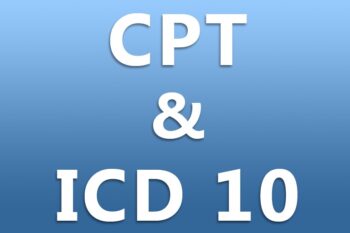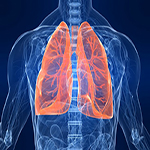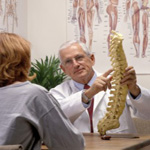For 2025, medical coding changes in ICD-10-CM and CPT codes are set to reflect more precise diagnostic details and updated guidelines across various medical conditions. Some of the key updates include: Mental Health: New ICD-10-CM codes will expand the classification of eating disorders, differentiating severity levels (mild, moderate, severe) and adding specific … [Read more...] about CODING ALERT: Watch for ICD-10-CM and CPT Changes for 2025
Coding Alert
Telehealth policy to change after the COVID-19 public health emergency
The COVID-19 public health emergency has been extended to Oct. 13. Of particular interest to medical practices is the continuation of telehealth flexibilities, which will expire at the end of the public health emergency. US Department of Health and Human Services Secretary Xavier Becerra officially renewed the declaration in mid-August. The emergency declaration has been in … [Read more...] about Telehealth policy to change after the COVID-19 public health emergency
New devices, technology dominate 2021 CPT code changes
By Lisa Eramo bio There is a whole slew of new and revised CPT codes—329 changes to be exact—effective since Jan. 1. This includes 206 new codes, 54 deletions, and 69 revisions. Interestingly, the majority of changes pertaining to new technology and devices, giving medical practices the opportunity to provide high-quality patient care while also receiving reimbursement. This … [Read more...] about New devices, technology dominate 2021 CPT code changes
Physicians should consider these overlooked codes
By Lisa Eramo bio It’s a common complaint heard among primary care physicians: Evaluation and management (E/M) codes don’t adequately capture the time, skill, and resources necessary to plan and coordinate care for patients with complex medical needs. Although new, streamlined E/M guidelines for 2021 may help, several existing remedies can enable physicians to capture … [Read more...] about Physicians should consider these overlooked codes
Reasons for health services encounter get codes in Chapter 21 of ICD-10
By Judy Monestime bio Codes included in Chapter 21, Factors influencing health status and contact with health services (Z00-Z99), represent reasons for encounter. Z codes are provided for encounters when circumstances other than diseases or injury are recorded in the medical record as the diagnosis. The chapter includes the following sections: Z00-Z13, Persons encountering … [Read more...] about Reasons for health services encounter get codes in Chapter 21 of ICD-10
Frequently coded conditions in Chapter 4 of ICD-10 CM
By Judy Monestime bio Chapter 4 in ICD-10 CM contains codes for endocrine, nutritional and metabolic diseases (E00-E89). The chapter includes frequently coded conditions such as disorders of the thyroid gland, obesity, dehydration, and diabetes mellitus. This chapter contains the following blocks: E00-E07 Disorders of thyroid gland E08-E13 Diabetes mellitus … [Read more...] about Frequently coded conditions in Chapter 4 of ICD-10 CM
Multiple coding now required for nervous system diseases
By Judy Monestime bio ICD-10 CM's Chapter 6 Diseases of the Nervous System (G00-G99) includes diseases of the central and peripheral nervous systems as well as epilepsy, migraine, and other headache syndromes. Many codes include a combination of conditions, such as persistent migraine aura with cerebral infarction, intractable (G43.61-). The following conditions have been … [Read more...] about Multiple coding now required for nervous system diseases
Coding tips for respiratory diseases
By Judy Monestime bio ICD-10-CM Chapter 10, "Diseases of the Respiratory System (J00–J99)," identifies codes for a wide variety of pulmonary conditions, ranging from acute upper respiratory infections, pneumonia, influenza, asthma, as well as diseases of the lower respiratory tract including chronic lung diseases and diseases acquired from exposure to external substances. … [Read more...] about Coding tips for respiratory diseases
ICD-10 is more detailed for osteoporosis and musculoskeletal conditions than ICD-9
ICD-10 M81 Osteoporosis without current pathological fracture By Judy Monestime bio Chapter 13 Diseases of the musculoskeletal system and connective tissue (M00-M99); M stands for Musculoskeletal, contains many more subchapters, categories, and codes than ICD-9-CM. Rather than having just four subchapters grouping many conditions together, ICD-10-CM organizes the … [Read more...] about ICD-10 is more detailed for osteoporosis and musculoskeletal conditions than ICD-9
Chapter 21: Factors influencing health status and contact with health services (Z00-Z99)
By Judy Monestime bio Chapter 21 in ICD-10-CM contains codes for factors influencing health status and contact with health services. There are differences in ICD-10-CM from what is currently found in ICD-9-CM. Some categories in Chapter 21 have rephrased titles to better reflect the situations the codes classify. For example, elective, legal, or therapeutic abortions have … [Read more...] about Chapter 21: Factors influencing health status and contact with health services (Z00-Z99)









